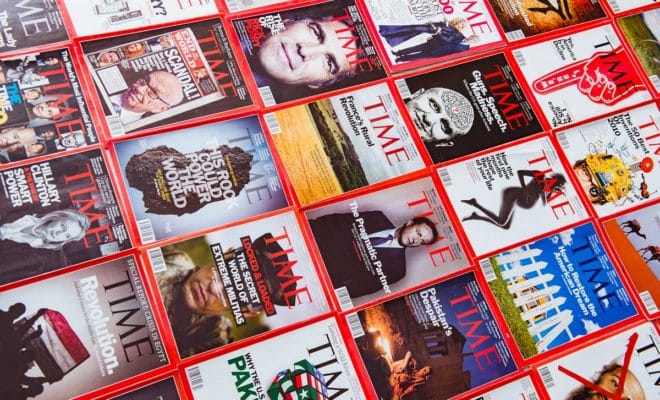India
Three Indian-Origin Students Make It To Time Magazine’s 25 Most Influential

Picture Credit: Bigstock
Indian-Americans Kavya Kopparapu, Rishab Jain, and British-Indian Amika George are among the group of people that have become an inspiration for youngsters across the world, the magazine said.
Three Indian-origin students have been named among the 25 most influential teens of 2018 by Time magazine for making a mark across numerous fields.
Indian-American Kavya Kopparapu, Rishab Jain, and British-Indian Amika George are among the group who have become an inspiration for youngsters across the world, PTI wrote quoting Time report.
Rishabh Jain, who is in eighth grade and lives in Oregon, has developed an algorithm that can possibly be used to cure pancreatic cancer. The 14-year-old boy developed a software tool that, during simulations, was shown to help doctors zero in on the pancreas more accurately, ideally improving treatments, Time magazine wrote.
Kavya Kopparapu, 18, a freshman at the Harvard University, developed a deep-learning computer system that can scan slides of tissue from brain cancer patients looking for differences in density, color, texture and cellular alignment that are unique to that person’s case.
The magazine wrote that she developed the system after learning how the survival rate of glioblastoma, an aggressive brain cancer, has not improved in over 30 years.
According to Time magazine, her goal is “to develop targeted therapies that are also unique to the person.”
Amika George, 19, of the UK, wants to convince policymakers to end “period poverty,” as she calls it, by funding the distribution of menstrual products to girls and women who cannot afford them.
“It really upsets me,” she told the magazine on learning that many girls in the UK were routinely missing school during their periods because they could not afford to buy menstrual products, PTI wrote.
“The government knew this was happening on their watch, but they were refusing to find a solution,” she told the magazine.
She launched the #FreePeriods campaign as a response, gathering nearly 200,000 signatures on her petition to help eradicate period poverty; the movement eventually garnered the support of over a dozen UK policymakers, galvanizing the government to allocate funds to the issue for the first time.

You must be logged in to post a comment Login